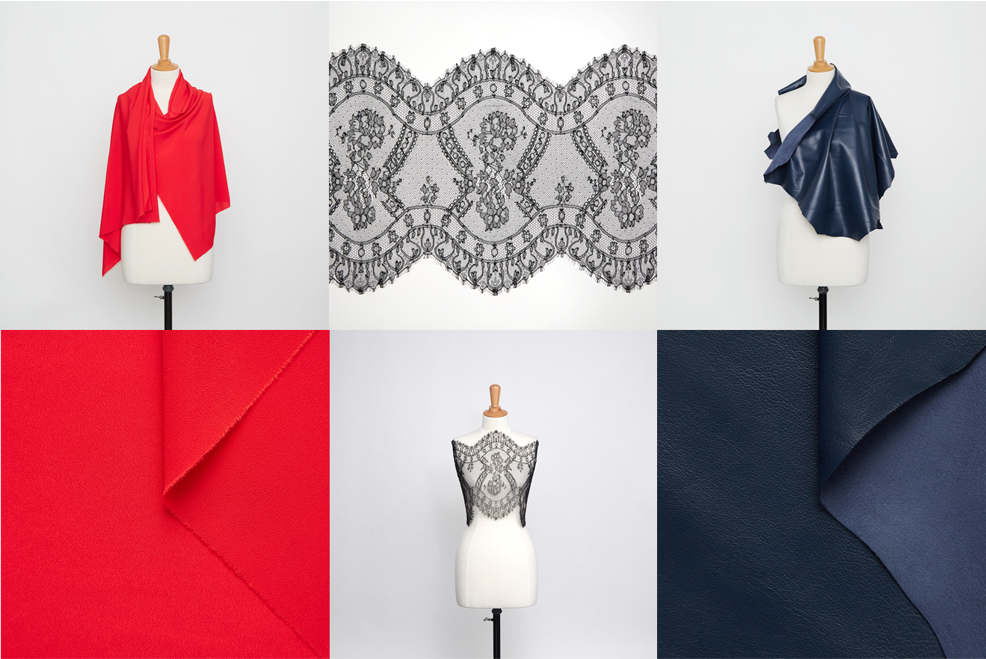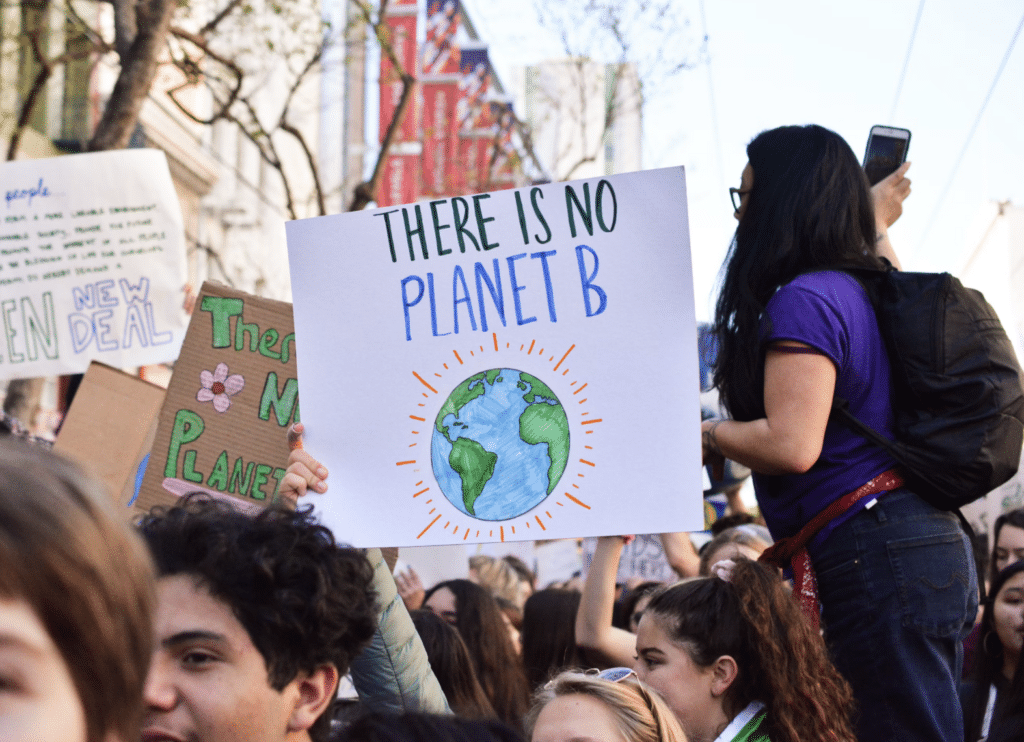LVMH is getting into the resale business – albeit not by way of pre-owned garments and accessories but in the form of deadstock materials from its roster of luxury brands. In a statement on Monday, the Paris-based conglomerate announced the launch of Nona Source, “the first online resale platform for ‘re-sourcing’ exceptional materials” – which will make “high-quality fabrics and leathers in different compositions, weights, colors and patterns” that have been “stored in the warehouses of exclusive LVMH Fashion & Leather Goods Houses” – available for sale to “emerging creatives and brands in Europe at competitive prices to encourage creative re-use of materials.”
The brainchild of co-founders Marie Falguera and Romain Brabo, who were selected to join LVMH’s DARE startup incubator, and who have since been joined by former LVMH finance and digital transformation director Anne Prieur du Perray, Nona Source offers up a digital catalogue for fashion companies, complete with “a wide variety of prestigious materials” – from Harwick Watersnake skins and Shetland Wools to Natural Linens and Silk Crepes. The “game-changing platform” provides a “concrete solution to address the challenges and opportunities of circularity, a key pillar of LVMH’s environmental strategy,” according to the luxury goods giant. As of now, the business-to-business platform, which offers up “carefully selected materials that are re-valued at competitive prices,” has more than 165,000 years of the finest fabrics, enough to make 75,000 new garments.
Reflecting on the project, Romain Brabo, who previously served as a materials buyer at LVMH-owned brand Givenchy, said that in the course of his employment, he saw the process of warehousing excess textiles, and wanted to find a way to “collect the materials, evaluate them, and unlock their value [by] making them available via a platform” like Nona Source. Marie Falguera, who was the materials development manager at LVMH-owned Kenzo before launching Nona Source, echoed this sentiment, asserting that she and Brabo wanted to “revolutionize sourcing,” something that is difficult to translate to a digital experience given the “touch and feel” element associated with the selection of fabrics.
“At the end of a production cycle, Maisons’ fabrics and leathers become unused excess stocks, which [are stored] in warehouses,” Falguera observed in connection with her work, and ultimately, “are devalued and sold to discounters.” Amid the rise of a new generation of designers that are approaching fashion more sustainably, with many seeking to use deadstock fabrics, she says that “access to these materials can be difficult and [the process] often lacks transparency.” This gave way to the creation of Nona Source, which is “a perfect example of the new ambition that the Group will be supporting” as part of its new LIFE 360 environmental performance roadmap, Hélène Valade, director of Environmental Development at LVMH, says of the budding young re-sourcing startup.
While Nona Source does not specify which LVMH-owned brands the various textiles come from, LVMH does, of course, assert in its announcement that “exclusive patterns [and] branded fabrics,” i.e., materials that bear copyright and/or trademark-protected patterns or marks – “are not available” via the Nona Source site.











